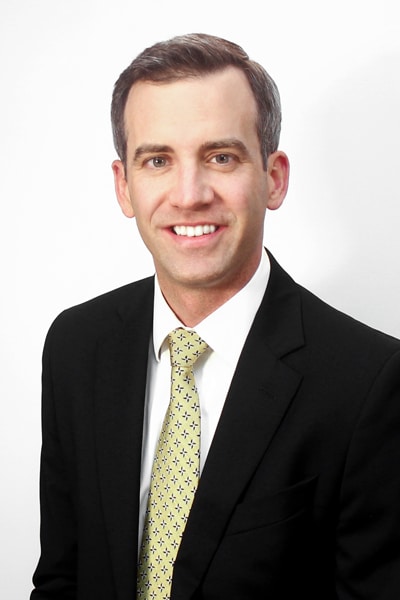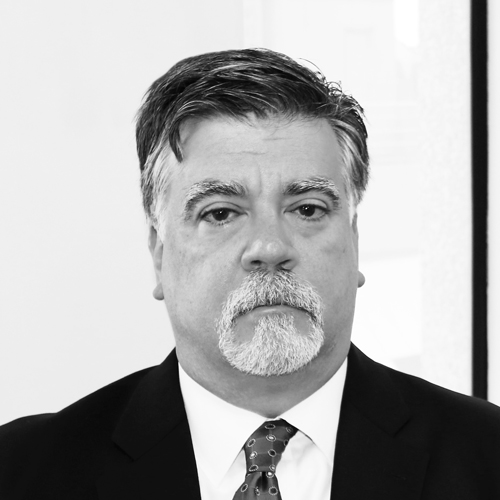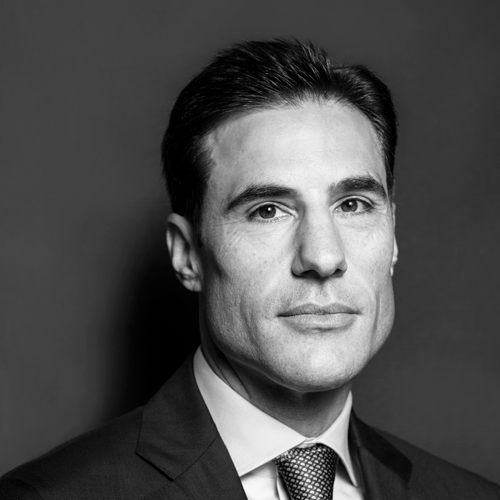
In 2016, four large orthopedic practices in North Carolina merged to become EmergeOrtho, which is now one of the largest physician-owned orthopedic practices in the state, comprising 135 orthopedic specialty physicians and 229 midlevel providers covering a range of orthopedic subspecialties. Soon thereafter, David Singer was hired as general counsel and chief compliance officer and tasked with creating the legal and compliance departments for the new company.
His previous experience, as in-house counsel for Maxim Healthcare Services, in Columbia, Maryland, “served as the foundation for what I do today,” he says. “Putting together processes and protocols that ensure compliance and legal are ingrained in the culture of the organization and have a seat at the table in all aspects of the business.”
Singer came up with a detailed action plan for EmergeOrtho and, he says, “hit the ground running on day one.” Here’s a look at how he did it.
1) Learning the lay of the land
“The first step is getting out into the field and interacting with the key stakeholders in the organization,” Singer says. “That is something I learned at Maxim, to interact directly with those in the business so that you know how it runs. You can’t advise if you don’t know how the business operates.”
He met with the practice leaders and sat down with the physicians to learn what their needs were. “Everybody was very welcoming,” he says. “The providers especially recognized that only benefit comes from somebody managing and directing legal and compliance in a coordinated manner at a statewide level.”
The only challenge, he says, was the amount of time: “There aren’t enough hours in the day to do all the work you need to do.”
2) Creating a plan
Singer then built a plan he called “aggressive, yet realistic.” He didn’t want to promise too much, but he did want to ensure he could deliver on expectations. He broke the plan into thirty-day, sixty-day, ninety-day, and one-year time frames, and he added a handful of “quick-hit” action items that could be implemented fast for instant impact. Quick hits included changes to investigation techniques, adjustments to some HR policies and procedures, changes to Health Insurance Portability and Accountability Act protocols, increased tracking of investigations, and increased reporting.
Another item was the immediate formation of a statewide compliance committee, with representatives from the executive team and from each of the departments. “For these changes to gain traction, I needed support from the entire organization,” Singer says. He used the committee as a sounding board to work through issues. “That, ultimately, was very instrumental in rolling out the initial plan,” he says.
There were still challenges, though: “It was a lot of information at once, and I was working a mile a minute,” he says. “You have to balance that with the need of the business to continue and minimize disruption. What I do is a complement to patient care, and anything that supports that helps the patients and also helps the business.”
3) Implementing and following up
“It’s great to have an action plan, but then you need to ensure tasks get done and that there is appropriate follow-up and accountability,” Singer says. “That is what we are working on now, in month nine, looking back and analyzing the work to date to ensure it was done correctly, it has a lasting impact, and that it is necessary going forward.”
That includes both tweaking existing processes and creating new ones. “Constant revisions are needed to adapt to the business model,” Singer says. “That is the challenge looking forward to our next areas of growth and development.”
For example, Singer initially formed the compliance committee with representatives from specific departments. “It quickly became apparent there was interest from other employees and providers to be involved in the process,” he says. “They liked the idea of having a compliance and legal forum, not only to detail action items but to be a forum for discussion of new issues and changes in regulations and laws. I recognize now that that was a good platform, and we added anyone who had an interest.”
4) Moving forward
As a department of one, Singer is currently using resources from other divisions to help him. Eventually, his department will grow and, he expects, ultimately become two separate departments: one to handle compliance, the other legal. Now that he’s carried out his initial action plan, though, he wants to dedicate more time to training and educating staff and providers. “Now that we have a foundation, education is how we continue to create the culture of legal and compliance throughout the organization,” he says.
None of this would have happened, he says, if not for the foresight of EmergeOrtho’s executive team. “They recognize that legal and compliance are integral parts of any healthcare organization,” he says. “In today’s regulatory environment, it is absolutely necessary to have not only the foundation for legal and compliance but the ability to grow and create a culture within the organization.”
***
Hancock, Daniel & Johnson, P.C: “EmergeOrtho is well-positioned to provide low cost and high quality services in response to changing economics in healthcare. David Singer, EmergeOrtho’s counsel, offers an ideal combination of practical experience and ingenuity to guide EmergeOrtho on its journey.” – Jim Daniel, Director






